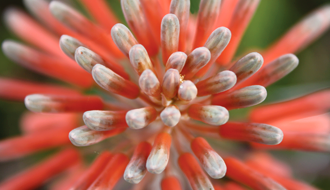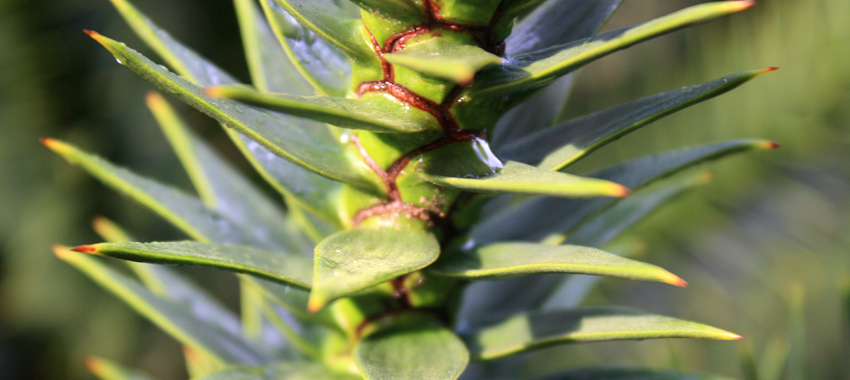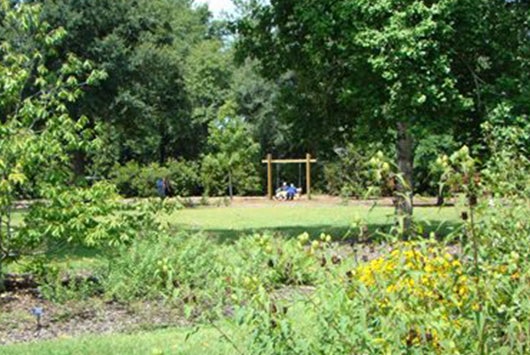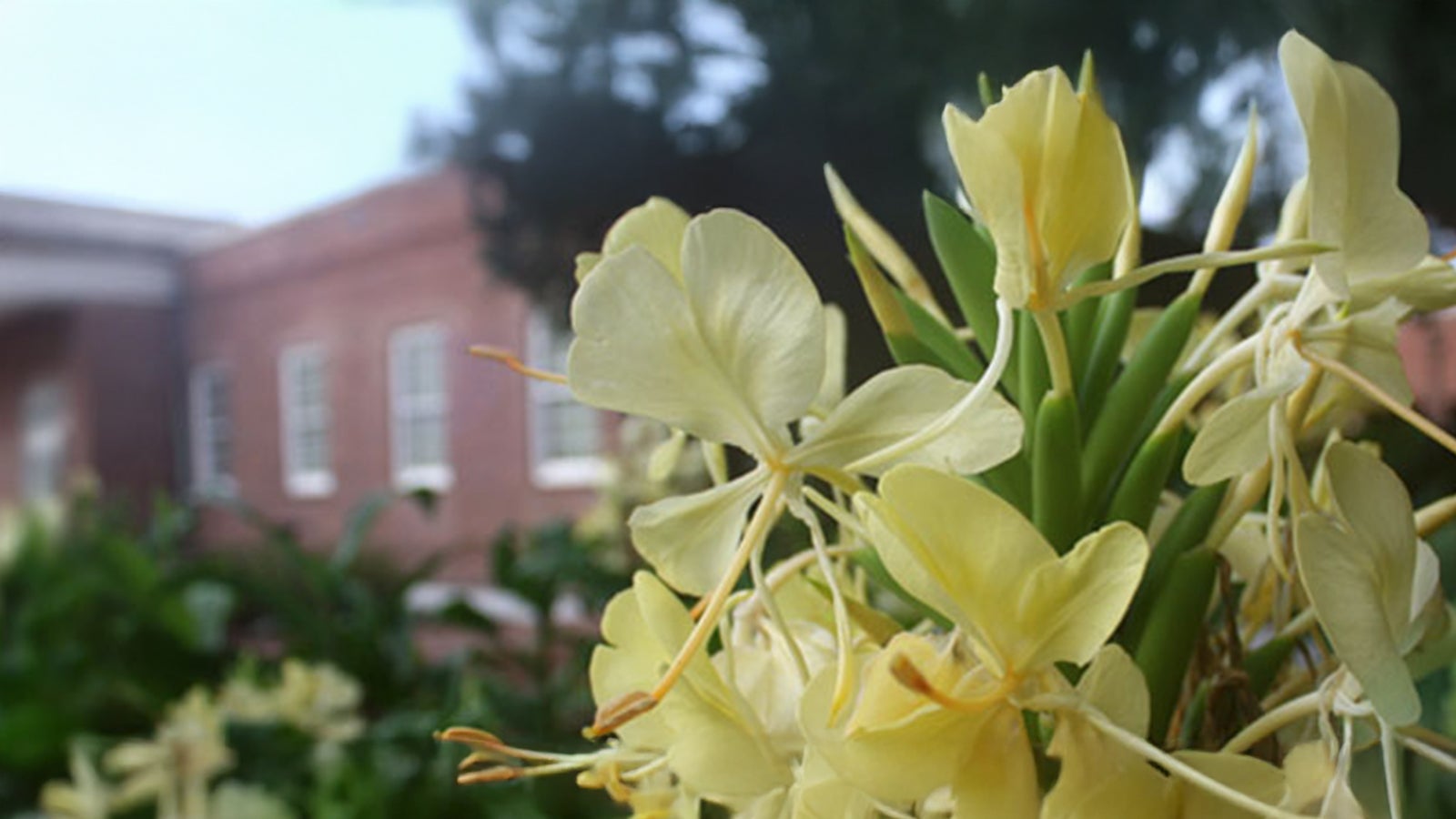The Arboretum at Georgia Southern University’s Armstrong Campus spans 268 acres and showcases a wide variety of native and introduced shrubs, trees, and woody plants. Designed as both an educational and recreational space, the Arboretum highlights the unique plant life of Georgia’s coastal broadleaf evergreen forests while also featuring cultivated specialty gardens.
Our Purpose
The function of the Armstrong Campus Arboretum can be divided into four main areas:
- Teaching – Serves as an outdoor laboratory for faculty and students in botany, biology, environmental studies, photography, art, and other disciplines.
- Conservation – Acts as a sanctuary for plant preservation and conservation, offering collections of native and exotic flora and modeling sustainable urban landscape management.
- Community Outreach – Provides botanical and horticultural education to the community through workshops, demonstrations, tours, maps, and plant guides.
- Recreation – Offers a peaceful setting for students, faculty, staff, and the community to enjoy passive recreation, walking through collections, or resting on benches to reconnect with nature.
Plant Life & Natural Areas
Developed Areas: Contain a mix of native and introduced tree and shrub species, most of which are labeled for educational purposes.
Natural Areas: Feature plants common to Georgia’s coastal ecosystems, including:
- Sparkleberry
- Live oak
- Southern magnolia
- Red bay
- Horse sugar

Plant Collections
The Arboretum houses several specialty gardens and plant collections, including:
- Camellia Garden
- Conifer Garden
- Fern Garden
- Ginger Garden
- Physic Garden
- Primitive Garden
- International Garden
Each collection is designed to showcase the diversity of plant life while supporting research, education, and community engagement.
Plant Collections

Visitor Information
The Arboretum is free and open to the public.
Visiting hours: seven days a week during daylight hours.
Supervisor – Michael Carr

